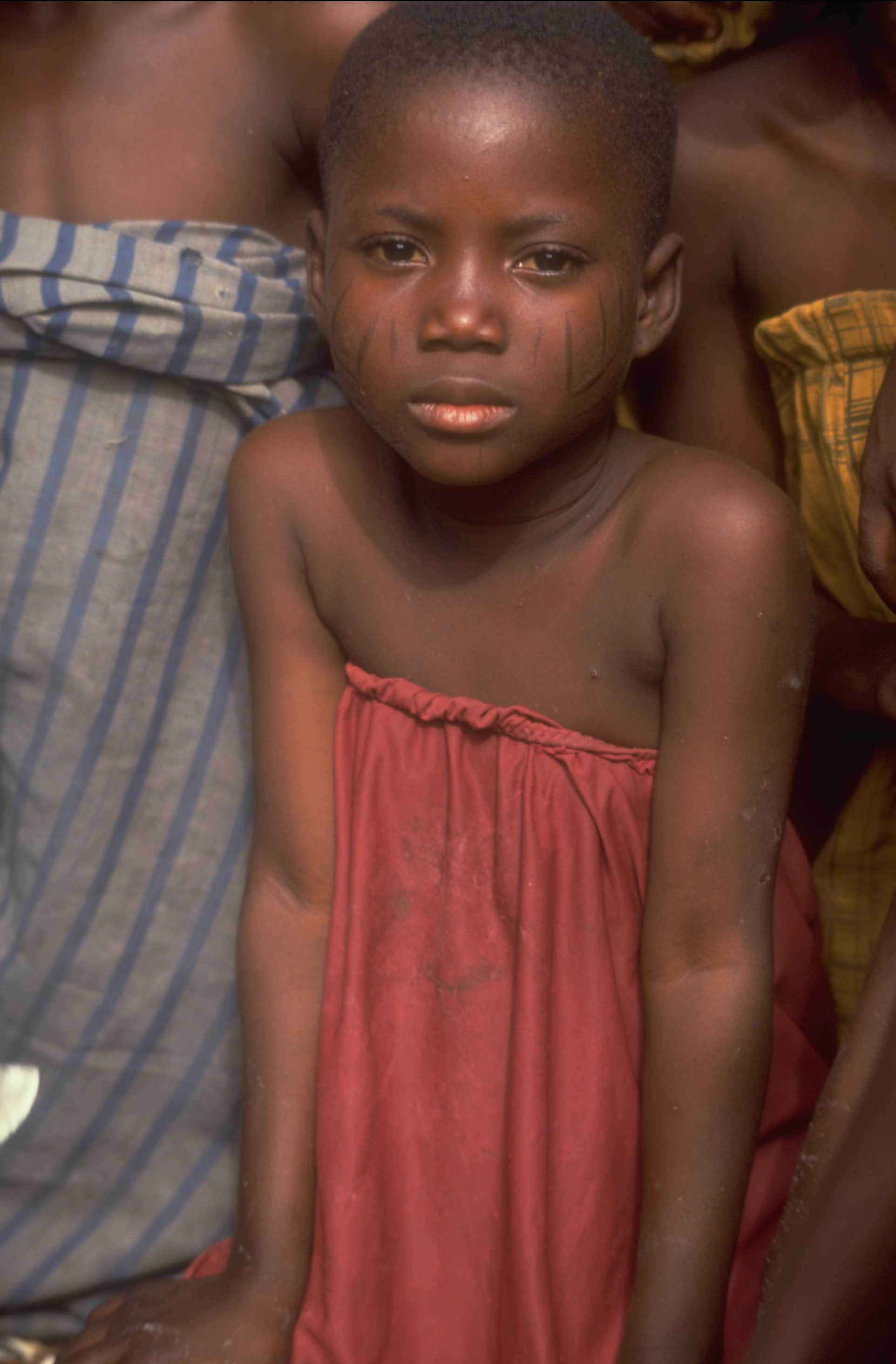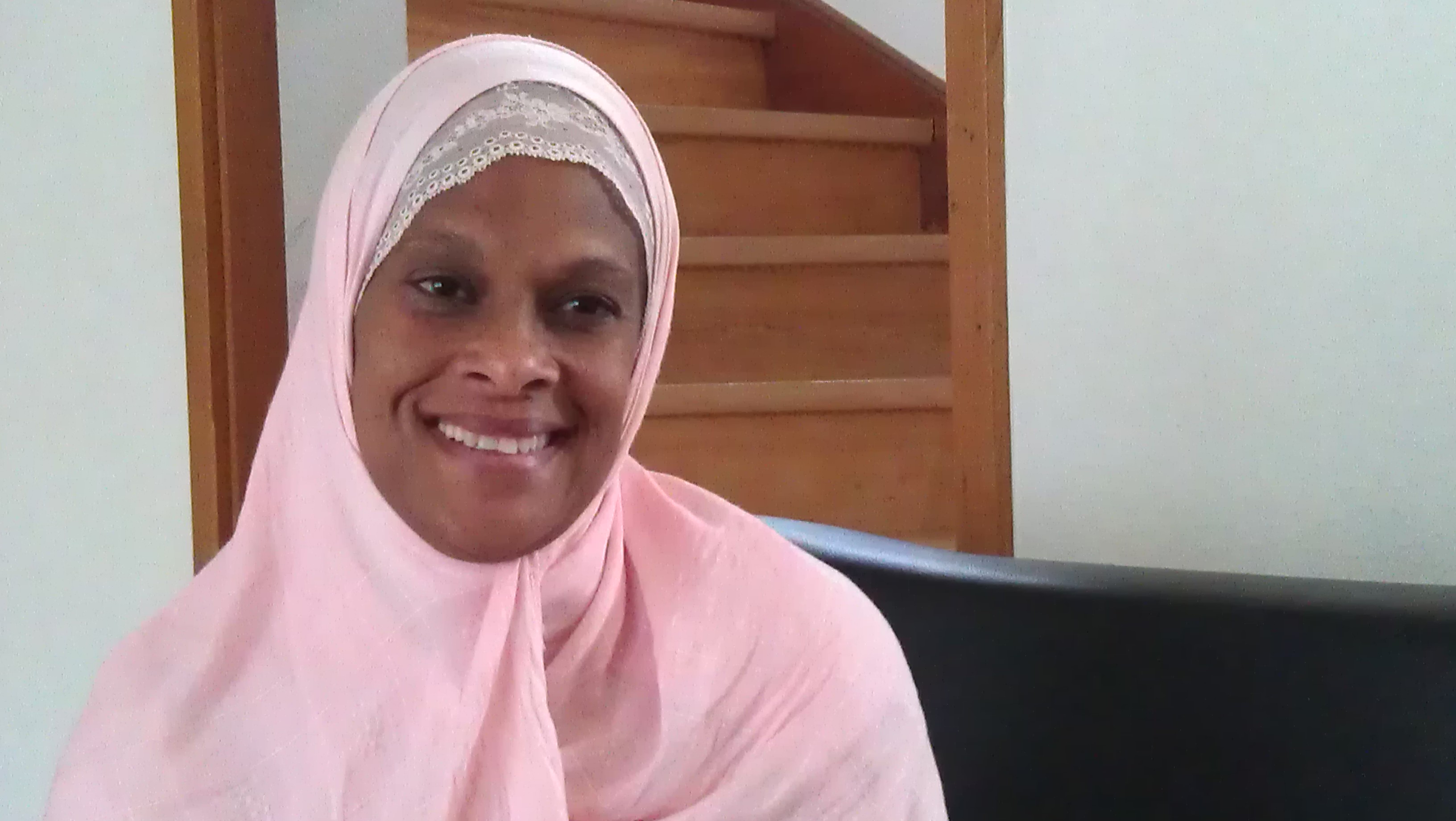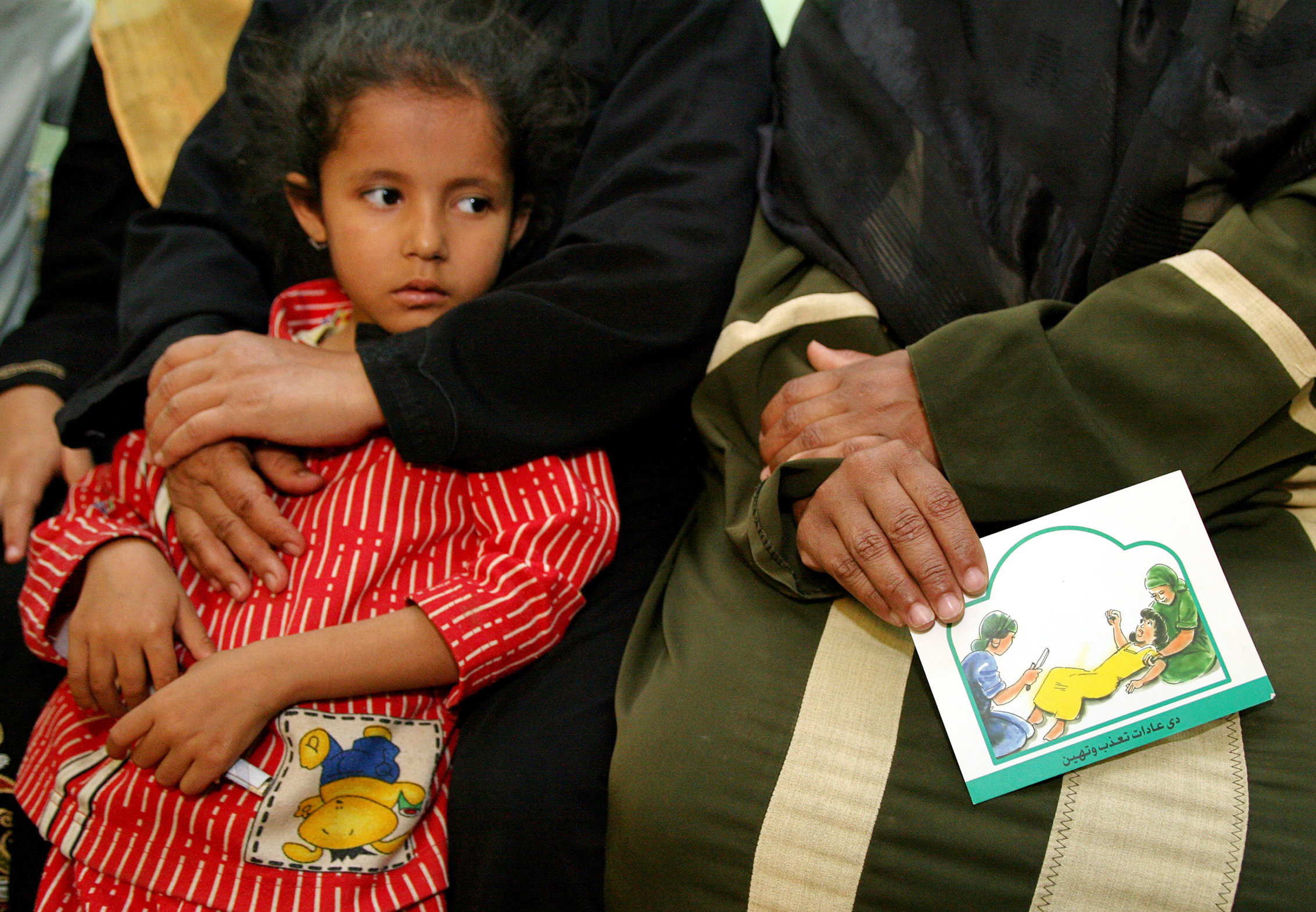More girls at risk of genital mutilation

Some 10,700 women and girls are affected by female genital mutilation (FGM) in Switzerland, according to Unicef Switzerland, based on a survey of medical professionals and social workers. The organisation’s 2001 estimate was 6,700.
This figure includes women and children who have already undergone FGM as well as those at risk of the illegal practice. Under new Swiss legislation, which came into force in July, anyone who carries out an act of mutilation can be held responsible and punished.
According to the Swiss National Committee of the United Nations Children’s Fund (Unicef), the victims mainly come from Somalia, Eritrea and Ethiopia. Sudan and Egypt also feature among the countries of origin.
Elsbeth Müller, director of Unicef Switzerland, said that prevention and repression of FGM had to be expanded.
“Now that Switzerland has come out with an explicit ban on FGM, it is time to introduce targeted prevention measures to protect the endangered girls in this country.”
Acute problems
A third of gynaecologists who took part in the survey said they had been asked to carry out FGM, while two per cent of respondents said they had been confronted with acute problems caused by a freshly carried out infibulation.
Infibulation is the procedure of narrowing the vaginal opening through the creation of a covering seal. The seal is formed by cutting and repositioning the inner or outer labia, with or without removal of the clitoris.
An estimated 130 million women worldwide have undergone some form of genital cutting with 5,000 more babies and girls suffering the same fate every day.
Unicef Switzerland called for the theme of FGM to be integrated in medical training. Clarification of reporting obligations for medical staff also needs to be harmonised, it said.
The Swiss study, carried out in collaboration with the Swiss Society of Gynaecology and Obstetrics, the Swiss Association for Sexual and Reproductive Health and Terre des Femmes Switzerland, also used population data from the Federal Statistics Office.

In compliance with the JTI standards
More: SWI swissinfo.ch certified by the Journalism Trust Initiative



You can find an overview of ongoing debates with our journalists here. Please join us!
If you want to start a conversation about a topic raised in this article or want to report factual errors, email us at english@swissinfo.ch.